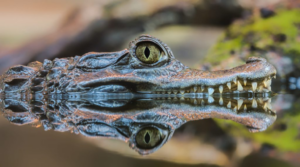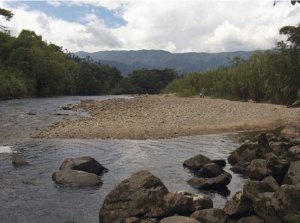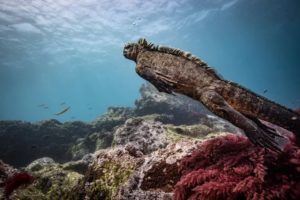Nestled in the heart of the Ecuadorian Andes, Quilotoa Lagoon beckons to enthusiasts of nature and daring explorers alike. This enchanting body of water, cradled within the extinct embrace of a volcanic crater, promises an unparalleled adventure that captivates every visitor.
Unveiling Nature’s Palette: The Allure of Quilotoa’s Vibrant Hues
The pièce de résistance of Quilotoa Lagoon lies in its mesmerising spectrum of colours. The waters dance between hues of turquoise, emerald, and deep blue, presenting a surreal tableau reminiscent of a dreamlike realm. This visual marvel unfolds thanks to the alchemical interplay of minerals and algae residing in the lake. Their interaction with sunlight and the ever-changing climate orchestrates a captivating symphony of colours, transforming the lagoon into a living canvas throughout the day.
A Panoramic Extravaganza: The Vast Beauty from Quilotoa’s Rim
Spanning a diameter of approximately 3 kilometres, Quilotoa Lagoon treats onlookers to a spellbinding panoramic display from its rim. Towering cliffs encircle the crater, forming a majestic backdrop that starkly contrasts with the tranquil expanse of the water below.

Foto: Ecuador mi Tierra
Beyond the Overlook: A Venture to Quilotoa’s Shoreline
For those with an adventurous spirit, an exploration beyond the overlook awaits. Embark on a challenging descent to the lagoon’s shores, where the exertion is rewarded with an incomparable spectacle. Standing at the water’s edge, one can marvel at the vastness of the lake from an entirely new perspective, feeling the refreshing breeze that emanates from its crystalline depths.
Kayaking Amidst Nature’s Canvas: An Exhilarating Perspective
For an even more thrilling encounter, consider renting kayaks to navigate the lagoon’s surface. Paddling through this unique landscape provides an up-close appreciation of the ever-changing colours and presents an opportunity to capture awe-inspiring photographs.
Cultural Tapestry: Quilotoa Lagoon’s Profound Significance
Beyond its natural allure, Quilotoa Lagoon holds profound cultural significance. Indigenous communities residing in the vicinity regard the lagoon as a sacred space endowed with healing and spiritual powers. These communities, stewards of a rich cultural heritage spanning centuries, maintain a deep connection with the natural environment.
Immersive Exploration: Connecting with Quilotoa’s Indigenous Heritage
If a visit to Quilotoa Lagoon is on your itinerary, consider incorporating stops in nearby villages. Engage with locals, gaining insight into their traditional lifestyle. Many communities extend authentic lodging and cuisine, providing an opportunity for visitors to immerse themselves fully in the local culture.
In summary, Quilotoa Lagoon stands as a testament to nature’s artistry and cultural heritage. Whether marvelling at its kaleidoscopic waters, embracing the panoramic views, venturing to the shoreline, kayaking on its surface, or delving into the indigenous communities, a visit to this natural wonder promises an unforgettable journey through Ecuador’s captivating landscapes and traditions.

Foto: Mi Destino Ecuador




